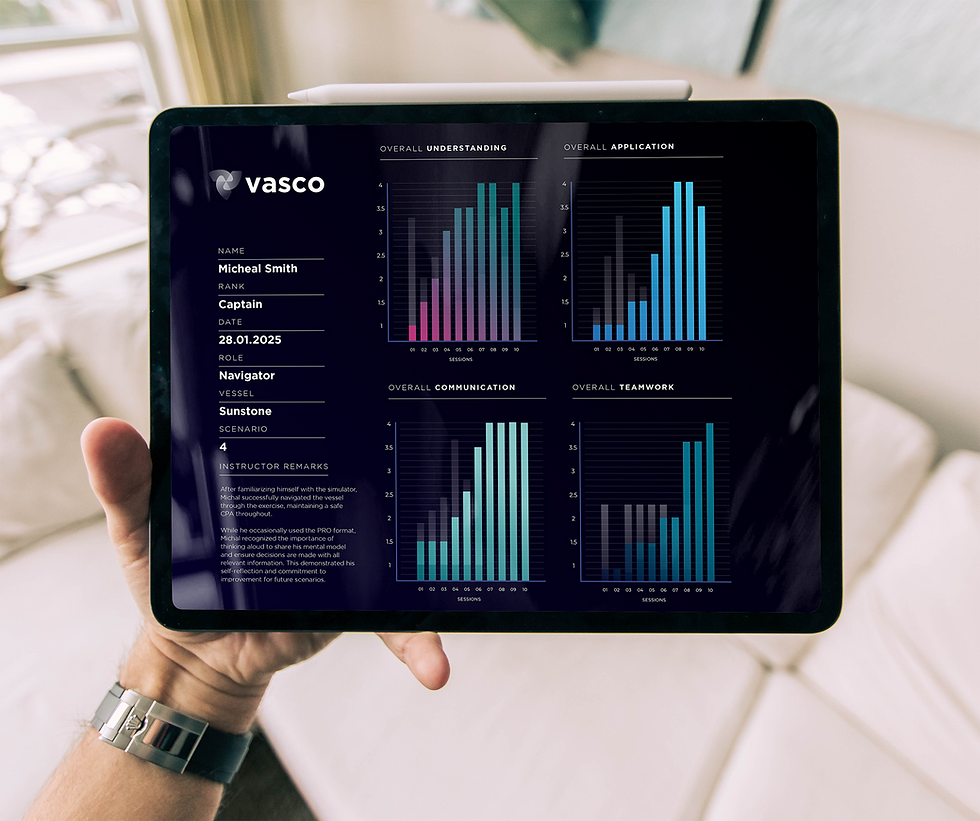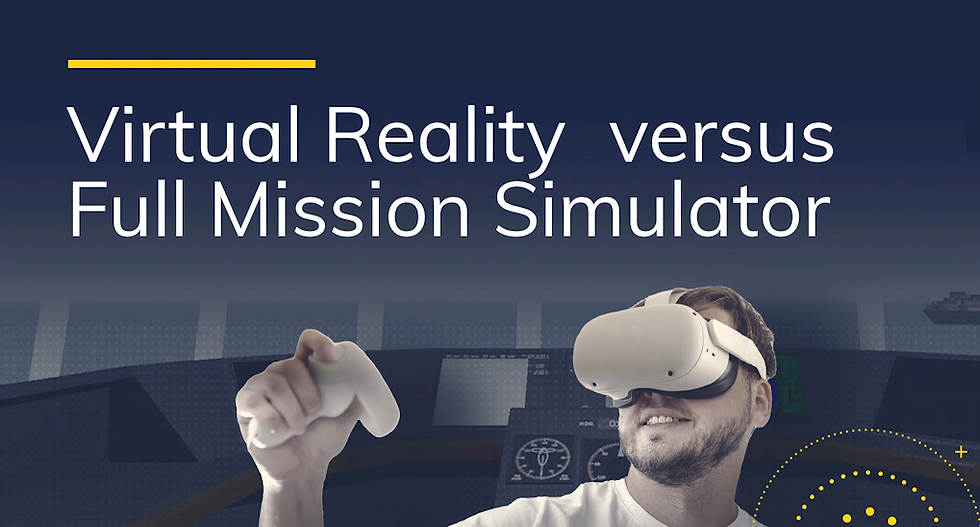Discussion: High Impact, Low Frequency Events in the Maritime Industry
- Graeme Beavers

- Oct 13, 2023
- 3 min read
Updated: Nov 2, 2023
Kilo is committed to delivering training solutions that address real-world maritime safety and competence issues. As such we follow closely the discussions taking place among professionals. Within the Superyacht sector an article ‘We must prepare for the worst’ by Captain Paul Messenger, was recently published in Superyacht News Report 217. Graeme Beavers (GB), our US Consultant, discussed this with Captain Andrew Parker AFNI (AP), Kilo’s Head of Maritime Standards.
GB: Andrew, an article with a title like ‘We must prepare for the worst’ seems a very negative way to approach things, yes?
AP: Absolutely not. Safety in the maritime world has and should always be number one. Consideration of what could happen, and then planning to avoid or mitigate it, is a critical mindset and operating principle. The author is absolutely correct in discussing how the rapidly expanding superyacht sector can address this HILF (High Impact Low Frequency) incident issue.
GB: Is there anything different about the Superyacht sector that you see given your experience?
AP: Yes and no. The fundamentals of sailing large vessels in crowded seas and harbours is no different to commercial, cruise, and other operators and the article correctly highlights that this sector is also likely to be making steps to increase focus on this within ship and Yacht Management Company (YMC) operations". However, in addition, there are some Superyacht specific additional risks such as short notice scheduling, demands of owners/charterers, small multi role crews. There is significant potential for the event to seriously and negatively impact on safety of life, damage to high value assets and of the marine environment.
GB: I see. The Superyacht sector is very high profile for all types of global media, is it fair to say that any HILF incident will make headlines?
AP: Absolutely. In addition to the potential dangers to life, the potential for negative publicity is extremely high. As I say, ownership, high value assets, potential celebrities or high wealth clients on board are all unique to this sector.
GB: The article highlights the importance of Bridge Resource Management (BRM) – what other gaps, or needs, do you see?
AP: I like that they highlight how the full functionality of ECDIS is often neglected. What I also think needs more discussion and action is what we call ‘skill fade’, which happens between attendance at statutory training, and complacency creep.
GB: Can you tell us a bit more about skill fade and complacency creep? Is it common, is it well recognized?
AP: Skill fade occurs when everyday operations do not effectively include reinforcement of skills and competencies gained from infrequent statutory training. It results in a decline in proficiency or competence within bridge operations. Complacency creep can be a big problem where the bridge team become complacent or satisfied with their current level of performance, leading to a decline in effort, motivation or vigilance.
GB: How can Captains and operators address this?
AP: Training these capabilities and competencies is a challenge for teams – time pressures, scenario generation, personnel widely dispersed around the globe, cost of attending fixed simulator courses, and relevance of statutory training to the sector.
Recently, the huge advances in the use of Virtual Reality (VR) headsets can provide potential
to change this situation. VR technology and realistic simulation software such as VASCO by Kilo Solutions in Devon, UK, allows crew to train, practice, scenario plan and receive mentoring using untethered remote inexpensive headsets. The ability to develop and execute real life what-if’s is groundbreaking.
GB: How could this work for a Superyacht crew?
AP: A crew could increase their preparedness and capability in regular, short training bursts tackling such issues as:
· Maintenance of a continuously high level of professional competence and excellence.
· Regular assessment of bridge team capability in dealing with complex ColReg scenarios, navigational and emergency situations
· Largely removing the potential for skill fade and complacency creep, two common elements of a maritime error chain leading to an incident.
· Highlighting individual training needs and competency deficiencies.
GB: And this can be done remotely, whilst at sea, and as you say in short bursts?
AP: Correct. The flexibility that VR offers is groundbreaking. The ability for a team to engage in an exercise together, to play out their own scenarios is almost limitless. Facilitator, trainer and trainees can be geographically dispersed but come together on the virtual bridge. Ship management and even captains can have access to their own bridge simulator 24/7 at a tiny fraction of the cost of buying simulator time at a training establishment. A drop in performance often occurs due to prolonged periods of stability, success or lack of challenges. This portable VR bridge simulator can supply those challenges to the bridge teams whenever and wherever they are required.
GB: Thank you Andrew.




Comments